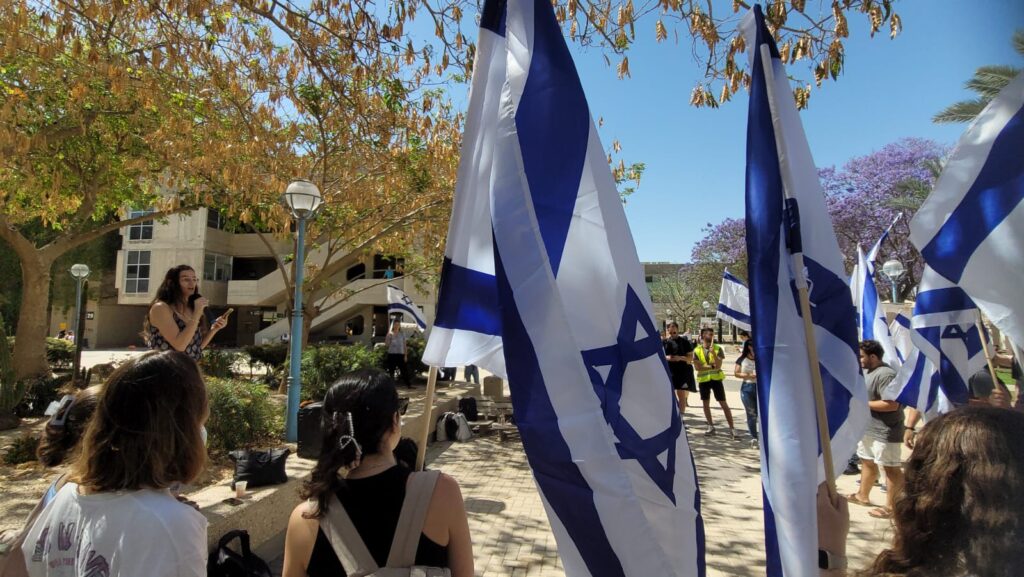For years, the Palestinian Authority (PA) has been at a crossroads. The institution’s troubled economic state, legitimacy deficit, and President Mahmoud Abbas’s old age have created uncertainty for the governing body’s future. Amid all these pressures, the PA has sought to regain popular support within Palestinian society while improving its international image.
In light of these pressures, Abbas’s decision to terminate the PA’s pay-for-slay program in March may signal the direction of the institution’s future. The program, formally called the Martyr’s Fund, had been a tool to distribute direct financial support to terrorists and their families.
The funding from the pay-for-slay program will be rolled into the Palestinian National Economic Empowerment Fund. Led by former PA welfare minister Ahmad Majdalani, this nongovernmental body is supposed to distribute welfare to Palestinians in proportion to their financial needs.
It is unclear how the announced policy shift will materialize. Abbas’ mixed messaging has justifiably raised skepticism. This change could be purely cosmetic, aimed at bolstering the PA’s reputation internationally, or a serious reform that could improve the relationship between the PA and Israel.
In a recent interview, Majdalani acknowledged the opposition in Palestinian society regarding the recent decision on the Martyrs Fund. He said these circumstances warrant active support by foreign countries to mitigate this opposition. Majdalani encouraged members of the international community to contribute to the Palestinian National Economic Empowerment Fund and pressure the U.S. and Israel to lift sanctions against the pay-for-slay program.
While some may call for the U.S. and Israel to embrace and reward the PA for the declared reform, Washington and Jerusalem will proceed cautiously. Though critics may characterize this skepticism as evidence that Israel is not interested in peace, this explanation overlooks the immense toll PA-sponsored terrorism has on Israeli trust in the Palestinian institution.
The pay-for-slay program largely rested on PA legislation from 2004 and 2013. These laws entitled terrorists to monthly payments while in prison. Once released, they gained privileges, such as receiving jobs, free education, and medical care. The number of years the terrorists served in prison would entitle them to a corresponding level of seniority in the PA administration upon release.
This system rewarded terrorists in proportion to the severity of their crimes. In 2017, terrorists incarcerated for under three years received over $350 a month; those jailed for over 30 years received over $3,000 per month. Terrorists from Jerusalem and other parts of Israel received additional monthly bonuses at $78 and $130, respectively.
In 2016, the PA spent over $300 million to administer and carry out the pay-for-slay program. This equaled approximately seven percent of the institution’s entire budget.
Along with this data, it is critical to know the stories of the victims of the pay-for-slay program. When Khalil Yusef Ali Jabarin murdered Ari Fuld in 2018, the PA gave the terrorist’s family 1,400 NIS each month for three years. In 2016, a terrorist murdered U.S. veteran Taylor Force while he was visiting Israel. Though the terrorist was neutralized, his family was rewarded for his heinous actions through regular payments that equaled three times the typical annual salary in the West Bank.
Instances like these have implications for Israel-PA relations. Israeli trust in the PA is unsurprisingly low. It should be no surprise that a majority of Israelis – both Jewish and Arab – do not want the PA to have a role in governing Gaza. If the Palestinian Authority assumes governing responsibility over an additional two million Palestinians, Israelis have many concerns. One of them is that the PA will be free to revive the pay-for-slay program and make it more centralized and systematic than ever before.
Even if the pay-for-slay policy is fully abandoned, the PA will have to do a lot more to prove that it is an agent for good in the eyes of the Israeli public. It is not enough to just stop directly incentivizing terrorism; the PA must prove that it unequivocally opposes terrorism through its rhetoric and policies.
Militarily, PA security forces should expand their coordination with the IDF. Last year, the PA conducted a serious campaign to combat Palestinian terrorism in Jenin. The institution must continue in this vein if it actually wants to shed its reputation as an untrustworthy player from the perspective of Israel.
The Palestinian education system also needs serious reform. Abbas must replace the culture of terrorism espoused in PA textbooks and childrens books so a culture of tolerance is fostered inside and outside of the classroom. These changes are key to addressing the PA’s legitimacy deficit in Palestinian society for future generations.
Destructive policies like pay-for-slay are responsible for Israeli disillusionment with the PA. The first step for the PA to reform successfully requires it to stop sponsoring terror, though that alone is not enough to win favor from Israel overnight. Anti-terror policies must be adopted as well.
In the coming months, we will understand the actual fate of the pay-for-slay program. Meanwhile, the historical toll pay-for-slay has had on Israeli society justifies the skepticism Jerusalem has towards the PA’s motives and intentions.
This article was originally published in The Times of Israel.

